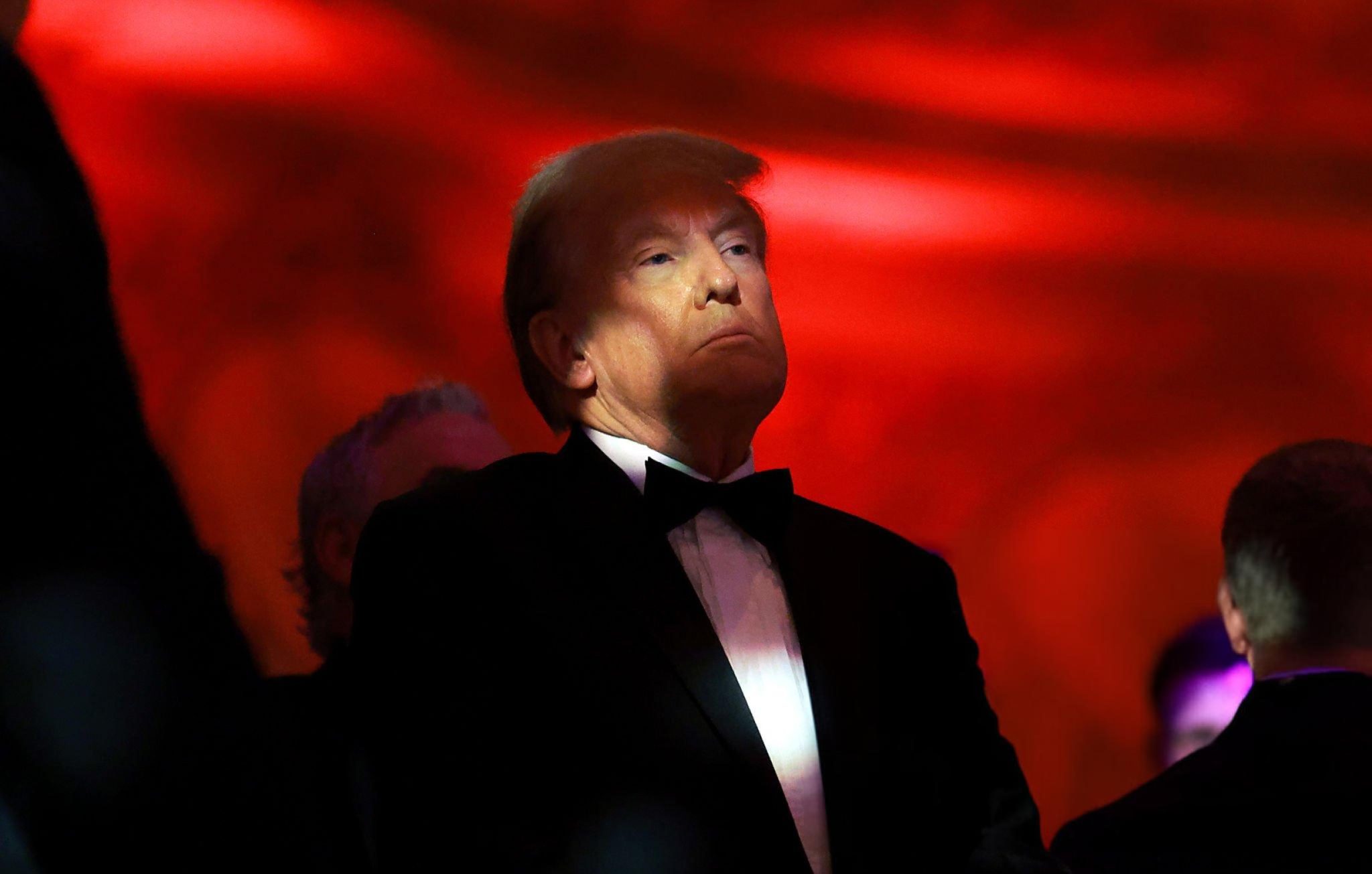During his first presidency, Donald Trump’s love for tariffs was clear, as he slapped taxes on foreign goods in an effort to bolster American manufacturing and reduce trade deficits. However, the broader economic impact of those tariffs was muted, with benefits largely confined to specific industries, and little evidence to support claims of significant job creation in manufacturing. Critics’ fears of runaway inflation also failed to materialise.
But this time, Trump’s renewed tariff threats—on a far grander scale—could bring substantial changes, with potentially far-reaching consequences.
Tariffs in the trump toolkit
Trump’s previous tariff measures included taxes on solar panels, washing machines, steel, and aluminium, and a trade war with China. These actions drove customs revenue up, with the federal government collecting $70.8 billion in tariffs by 2019—double the 2017 figure. Yet, in the context of America’s $29.3 trillion GDP, this represented less than 0.3%.
Despite the modest economic impact, the trade conflict with China spurred US firms to diversify supply chains and reduced soft power in China, where American cultural exports like films became less popular. However, economic research indicated that communities harmed by offshoring saw little benefit from these policies, even as they bolstered Trump’s political standing in those areas.
A new era of tariff ambitions
Now, as president-elect, Trump is proposing far more expansive tariffs. On social media, he vowed to impose a 25% tariff on all goods imported from Mexico and Canada unless those nations take stronger action to halt illegal immigration and the flow of fentanyl into the US. He also suggested a 10% tariff on Chinese imports to pressure Beijing into clamping down on the production of fentanyl precursors.
If enacted, these tariffs could dismantle the North American trade pact Trump negotiated during his first term, while escalating tensions with key allies. Canadian and Mexican officials have already hinted at possible retaliatory measures, which could spark a trade war.
The proposed tariffs, targeting all goods from these three countries, could raise approximately $266 billion annually in tax collections, assuming no disruptions to trade flows. However, the real costs would likely be borne by American consumers and businesses in the form of higher prices, reduced profits, and supply chain disruptions.
Political and economic risks
Business groups and political opponents have expressed alarm over the potential consequences of Trump’s new tariff ambitions. Democrats in the House of Representatives have introduced legislation to curb presidential authority on tariffs, requiring congressional approval for measures taken under claims of national emergencies. Representative Suzan DelBene argued the move would ensure tariffs are applied judiciously and with proper oversight to avoid imposing unnecessary costs on the American people.
The risks are considerable. Escalating tariffs could lead to higher prices for everyday goods such as cars, groceries, and housing materials. Trade disputes might further strain diplomatic ties, particularly with allies like Canada and Mexico. Meanwhile, retaliatory tariffs could damage key American industries reliant on exports.
Michael Stumo, CEO of the Coalition for a Prosperous America, supports the tariffs, calling them a tested tool in Trump’s policy arsenal. He noted that tariffs are no longer a novel or shocking concept, but rather an established part of the US policy toolkit. Even the Biden administration, despite initial criticism, upheld many of Trump’s tariffs on China, viewing them as leverage in ongoing trade negotiations.
The unknown impact of Trump’s new approach
Despite his fondness for tariffs, Trump’s previous measures failed to generate a sustained boost in manufacturing. Factory construction spending and job creation did not see the promised revival, even as certain industries, like steel production, experienced short-term gains.
This time, the scope and scale of Trump’s proposed tariffs introduce new uncertainties. If implemented, they could reshape trade relations, disrupt supply chains, and potentially undermine the global economic order.
For Trump, tariffs represent not just an economic strategy, but also a political statement—one that appeals to his base while testing the limits of America’s trade policies. Whether this approach yields tangible benefits for the US economy or invites widespread backlash remains to be seen.
With Trump gearing up for a more aggressive tariff regime, the stakes have never been higher for US trade policy, global markets, and American consumers.







